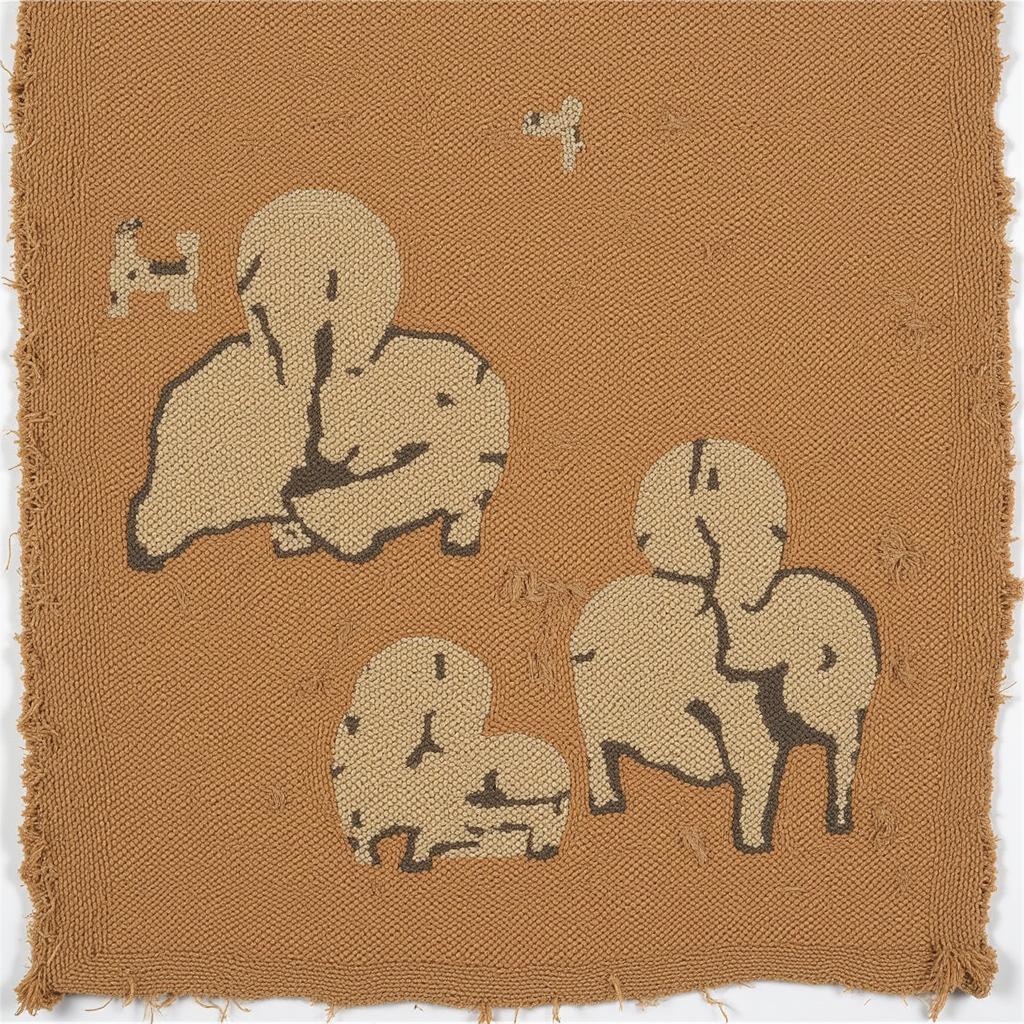African Americans and Slavery: A History of Oppression and Resilience
The history of African Americans is inextricably linked with the brutal institution of slavery. For centuries, millions of Africans were forcibly transported across the Atlantic Ocean, stripped of their freedom, and subjected to unimaginable cruelty on American soil. This dark chapter in human history has left an enduring legacy, shaping the social, economic, and political landscape of the United States.
The Transatlantic Slave Trade: A Brutal Enterprise
The transatlantic slave trade, which began in the 16th century, was a complex and horrific system of human trafficking that spanned continents. European powers, driven by greed and a thirst for wealth, established colonies in the Americas and exploited the fertile lands for cash crops like sugar, tobacco, and cotton. To meet the insatiable demand for labor on these plantations, they turned to Africa.
African men, women, and children were captured, sold into slavery, and forced onto overcrowded ships bound for the Americas. The conditions on these ships were deplorable, with disease, starvation, and death commonplace. Those who survived the perilous journey, known as the Middle Passage, faced a life of forced labor, brutality, and dehumanization.
Life Under Slavery: A Constant Struggle for Survival
Life for enslaved Africans in America was one of unimaginable hardship. They were treated as property, denied basic human rights, and subjected to the whims of their owners. Families were torn apart, their languages and cultures suppressed. Enslaved people worked tirelessly from dawn till dusk, often in harsh conditions, with little to no compensation or recognition for their labor.
Despite the brutality they faced, enslaved Africans found ways to resist their oppression. They held onto their cultural traditions, passing down stories, songs, and spiritual beliefs through generations. They formed covert networks of support and resistance, and some even risked their lives to escape to freedom.
The Abolitionist Movement and the Fight for Freedom
The abolitionist movement, which gained momentum in the 18th century, played a pivotal role in challenging the institution of slavery. Abolitionists, both black and white, spoke out against the horrors of slavery, demanding its immediate and unconditional end. They published newspapers, organized rallies, and aided fugitive slaves through the Underground Railroad, a network of safe houses and secret routes that helped enslaved people escape to free states and Canada.
The issue of slavery deeply divided the nation, culminating in the American Civil War (1861-1865). The Union victory in the war led to the abolition of slavery in the United States, marking a turning point in American history. However, the legacy of slavery and its enduring impact on American society continued to cast a long shadow.
Reconstruction and the Struggle for Equality
The period following the Civil War, known as Reconstruction, saw efforts to rebuild the South and integrate formerly enslaved people into society. However, these efforts were met with fierce resistance from white Southerners who sought to maintain their dominance and control.
Jim Crow laws, enacted in the late 19th and early 20th centuries, legalized segregation and discrimination against African Americans. These laws denied them equal access to education, housing, employment, and public accommodations, perpetuating racial inequality and injustice.
The Civil Rights Movement and Beyond
The struggle for racial equality continued throughout the 20th century with the Civil Rights Movement. Led by iconic figures like Martin Luther King Jr., Malcolm X, and Rosa Parks, the movement challenged segregation, discrimination, and voter suppression through peaceful protests, boycotts, and legal challenges.
The Civil Rights Act of 1964 and the Voting Rights Act of 1965 marked significant victories in the fight for racial equality. However, the legacy of slavery and its enduring impact on American society continues to be felt today. Systemic racism and racial disparities persist in areas such as education, healthcare, criminal justice, and economic opportunity.
The Ongoing Quest for Justice and Equity
The story of African Americans And Slavery is a complex and multifaceted one. It is a story of resilience, resistance, and the enduring fight for freedom and equality. Understanding this history is crucial for confronting the ongoing challenges of racial injustice and striving towards a more just and equitable society. It is a history that continues to shape the present and demands our attention and action.
FAQ:
What was the Middle Passage?
The Middle Passage was the stage of the triangular trade in which millions of Africans were shipped to the New World as part of the Atlantic slave trade.
What were Jim Crow laws?
Jim Crow laws were state and local laws enacted in the Southern and some border states of the United States between 1877 and the mid-1960s. These laws mandated “separate but equal” status for African Americans. In reality, this led to inferior and underfunded facilities and services for them.
What were some forms of resistance to slavery?
Forms of resistance to slavery varied and included running away, revolts, and everyday acts of resistance such as sabotage, slowing down work, and maintaining cultural practices.
Do you have any other questions?
If you need support, please contact us:
Phone Number: +255768904061
Email: [email protected]
Address: Mbarali DC Mawindi, Kangaga, Tanzania.
We have a 24/7 customer support team.

